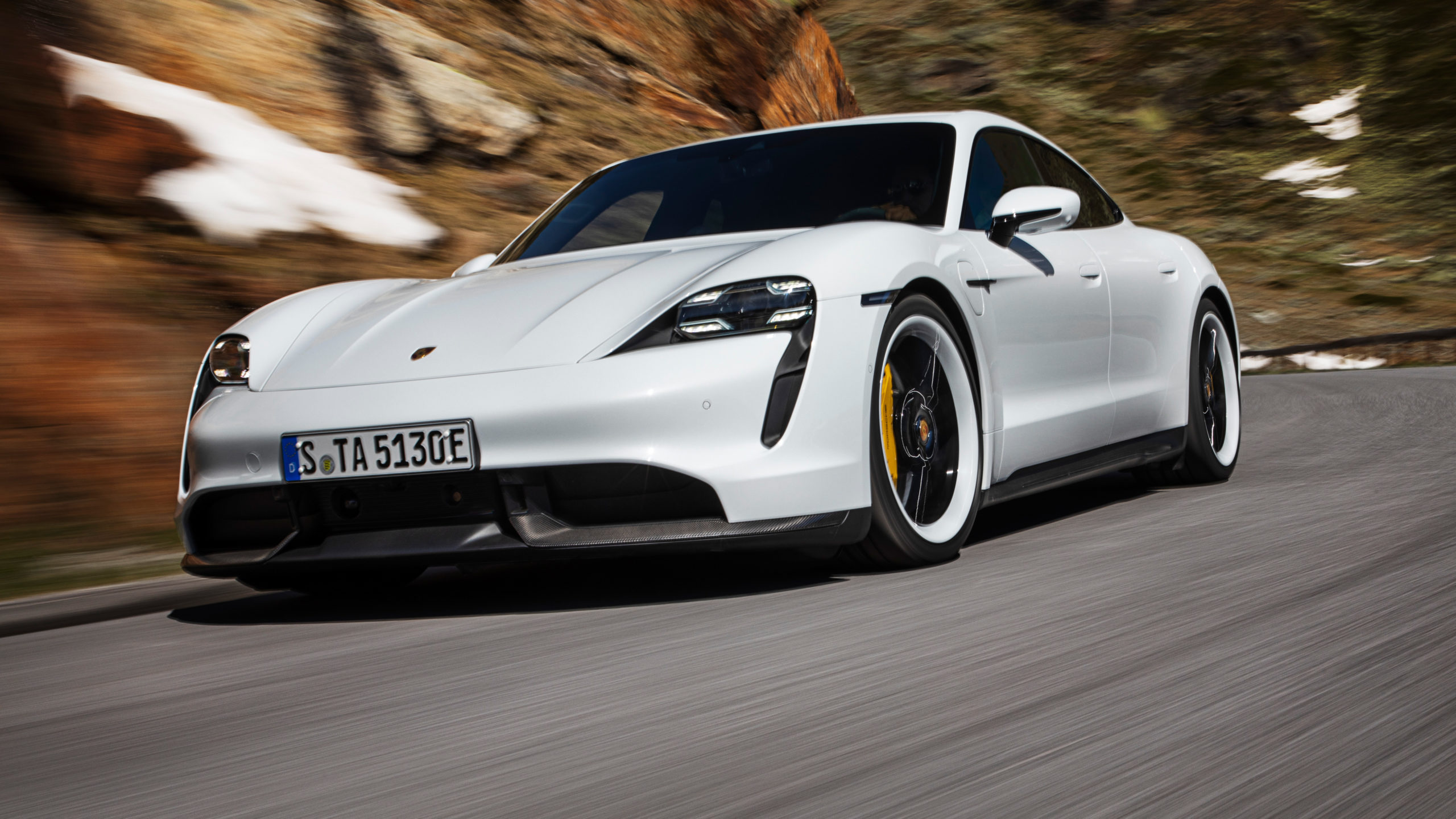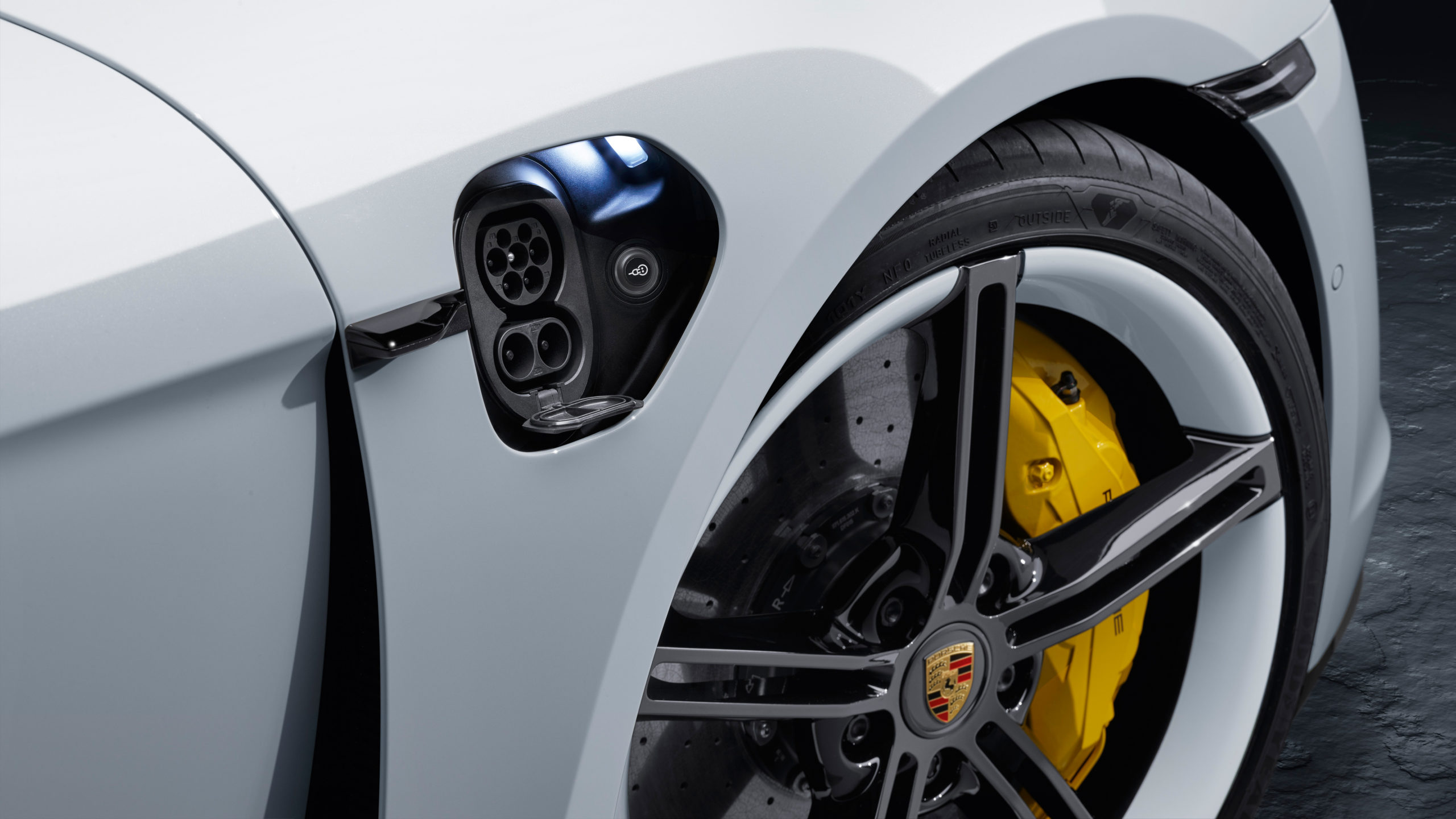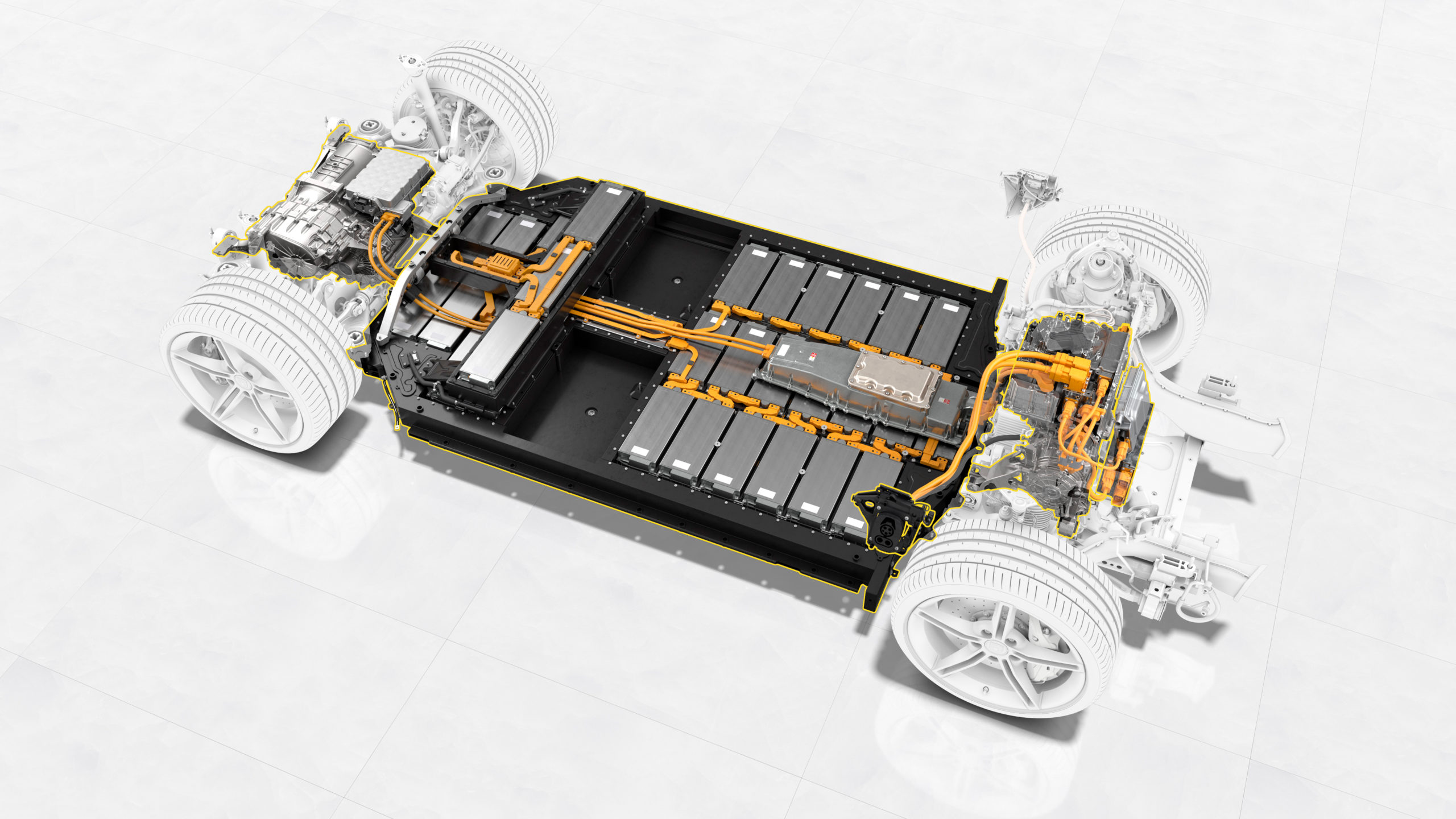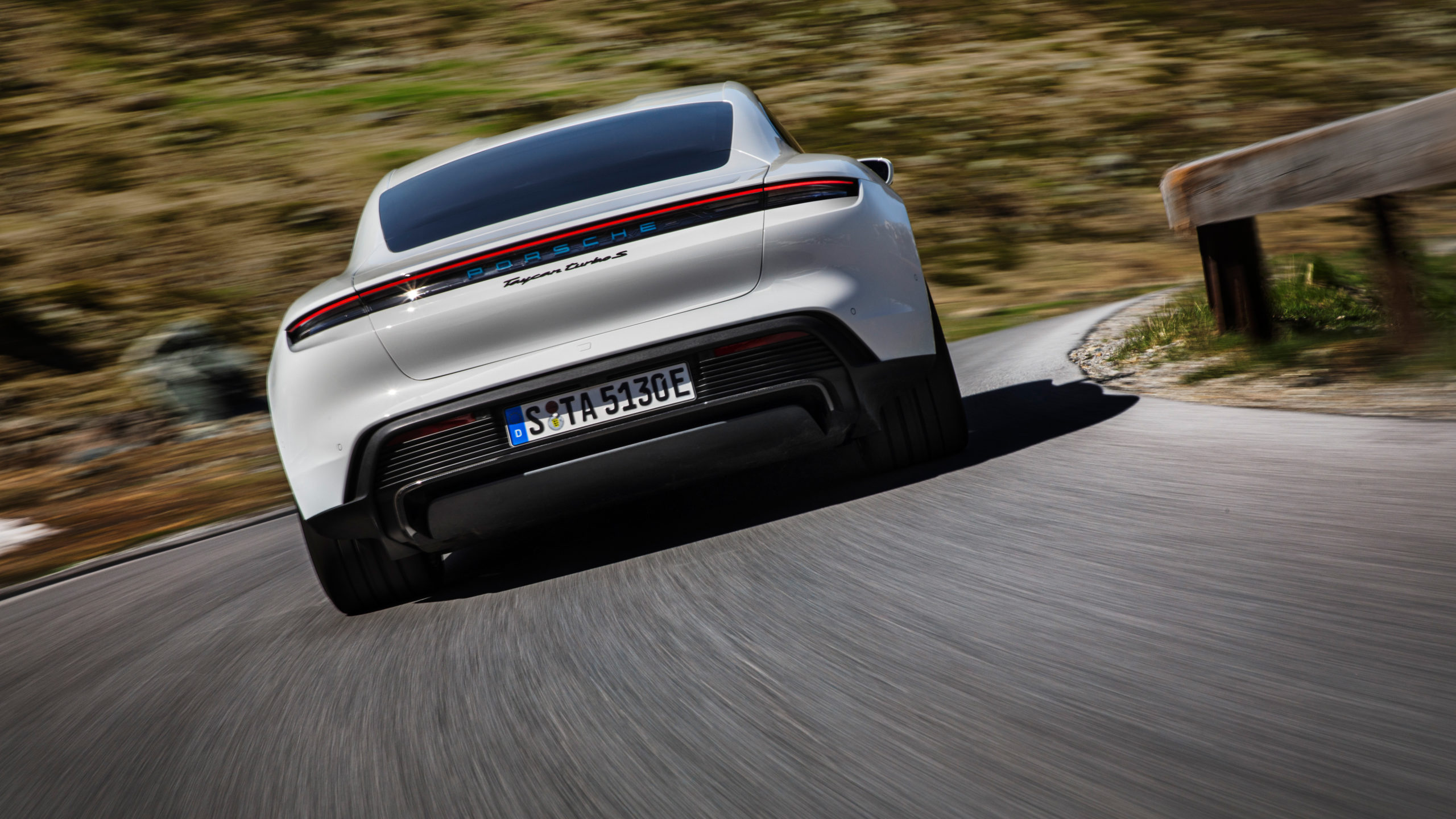“This day marks the start of a new era.”
With those words Oliver Blume, the Chairman of Porsche, today unveiled the eagerly awaited Taycan, a “100% electric, 100% Porsche.” The Taycan Turbo S and the Taycan Turbo will be the first in a new series of vehicles that are part of a massive transformation taking place at the iconic automaker. By 2022, the company will have invested more than six billion euros in e-mobility. Despite this apparent paradigm shift, Porsche is by no means deviating from its esteemed heritage.
We promised a true Porsche for the age of electromobility – a fascinating sports car that not only excites in terms of its technology and driving dynamics, but also sparks a passion in people all over the world, just like its legendary predecessors have done. Now we are delivering on this promise.
Michael Steiner, Porsche’s Executive Board Member for Research & Development
Performance

The flagship Turbo S version of the Taycan can produce up to 560 kW (750 hp) of overboost power with “Launch Control” enabled, while the Taycan Turbo produces up to 500 kW of power (670 hp).
Acceleration for the Turbo S is zero to 60 mph in 2.7 seconds, while the Taycan Turbo completes this sprint in 3.1 seconds. The top speed of both all-wheel-drive models is 162 miles per hour.
Range is superior as well: The Turbo S has a range of up to 256 miles, and the Turbo a range of up to 280 miles. The Performance Battery Plus is capable of storing 93.4 kWh of energy.
Charging
The Taycan is the first production vehicle with a system voltage of 800 volts instead of the usual 400 volts for electric vehicles. Higher voltage allows for lighter wiring; lighter wiring permits design flexibility, results in lighter vehicle weight, and enables higher charging speeds. This last point is a particular advantage when needing to charge up during long distance drives. The 800V system is capable of charging at a rate of up to 270 kW, which can provide 60 miles of range in about five minutes.
Charging an EV is similar to filling a container of water; the emptier it is, the faster you can fill it. This means that a charger will output the maximum amount of energy for the longest period of time when the battery is nearly depleted. When the battery is nearly full, on the other hand, a charger will dispense energy more slowly.
To take full advantage of the Taycan’s charging capabilities, then, a driver would strive to begin charging at a low state of charge (SOC). The charging time for 5 percent to 80 percent SOC with a maximum charge rate of 270 kW under ideal conditions is a mere 22.5 minutes. By comparison, a 50 kW charger would take about an hour and a half.

The Taycan will come with the CCS DC Fast Charger port. This is not compatible with Tesla or CHAdeMO chargers, but most charging station developers other than Tesla, such as EVgo and Electrify America (a related company under the Volkswagen corporate umbrella), are deploying chargers capable of 150 kW and 350 kW.
At the moment, most DC fast chargers in the U.S. (other than Tesla) are only 50 kW, but the Taycan is backward-compatible, meaning it can use the legacy CCS chargers but will be able to draw only the amount of power the chargers are capable of dispensing.
For home charging, the Taycan can fill up at a rate of 30 miles per hour (for the Turbo S) and 33 miles per hour for the Turbo (which gets slightly better mileage than the Turbo S) using an 11 kW Level 2 charger on a 60 Amp breaker. Charging at that rate from 0% to 100% would take a little less than 8.5 hours.
Design
According to Michael Mauer, Head of Style Porsche, the company at first considered an SUV as its first fully electric vehicle, but ultimately decided that taking the first step with a sports car would make a clear statement “that this is the dawn of the new, purely electric era.”
Electric vehicles are typically higher than their gasoline counterparts due to battery placement, so sports car engineers must find a way to store the batteries while providing a comfortable seating position for passengers while maintaining the lowest possible center of gravity. Porsche’s solution is what Maurer refers to as his greatest challenge is “foot garages,” which are created by arranging the batteries in a staggered stair-step position.

Dispensing with a large internal combustion engine under the hood also allowed engineers to employ a look reminiscent of the iconic 911.


For more information about electric vehicles and electric vehicle charging, please contact me. I also invite you to subscribe to receive future posts via email, view my other posts, and follow me on Twitter.

